Instruments Required for IFR Flight: The Must Haves
Sep 14, 2024Ready to take your flying to the next level? Understanding the Instruments Required for IFR Flight is key to flying in the tough stuff with confidence and safety.
Master these must haves and you’ll elevate your flying and become a more capable and prepared pilot. Let’s get started!
Essential IFR Instruments for Daytime Flights: Your Guide to Safety, Compliance, and Confidence in the Skies
When flying IFR it’s important to have the right instruments in the aircraft to be safe and compliant.
While certain situations like night flying or flying an older aircraft may require more equipment, here’s the essentials for most daytime IFR flights. Always check the FAA regulations (CFR 91.205) for your specific flight.
Here’s the short list:
-
Airspeed Indicator: To know your speed.
-
Altimeter: To stay at the right altitude.
-
Magnetic Direction Indicator: For navigation.
-
Tachometer: For each engine.
-
Oil Pressure Gauge: For pressure operated engines.
-
Temperature Gauge: For liquid cooled engines.
-
Oil Temperature Gauge: For air cooled engines.
-
Manifold Pressure Gauge: For altitude engines.
-
Fuel Gauge: For each tank.
-
Landing Gear Position Indicator: For retractable gear aircraft.
-
Safety Belts: For all occupants 2 years and older.
-
ELT: Required under specific regulations (§ 91.207).
-
Position Lights: For visibility and safety.
-
Anti-Collision Light System: Required on all U.S. registered civil aircraft.
-
Electric Landing Light: If the aircraft is used for hire.
-
Electrical Energy Source: To power all electrical and radio equipment.
-
Spare Fuses: One set of spare fuses or three of each kind in the aircraft.
-
Two-Way Radio: For the route.
-
Gyro Rate of Turn Indicator: To know your turn rate.
-
Slip-Skid Indicator: To stay coordinated.
-
Sensitive Altimeter: Adjustable for barometric pressure.
-
Clock: Hours, minutes and seconds with a second hand or digital readout.
-
Generator or Alternator: Must be adequate.
-
Gyro Pitch and Bank Indicator: Also known as the artificial horizon.
-
Gyro Direction Indicator: A directional gyro or equivalent is required for navigation.
Get your aircraft instrumented and you’ll meet the regulations and be IFR safe and confident. Don’t forget the importance of gyroscopic flight instruments.
Prepare well and you’ll face IFR flying with no worries, a successful navigation that gets you to your destination
What is IFR?
Instrument Flight Rules (IFR) are essential guidelines designed for flying in low visibility conditions, ensuring that pilots can operate safely when the environment presents challenges.
These rules establish foundational safety measures that enhance precision when visibility is compromised. While also outlining the Minimum Equipment and Instruments for VFR Flight.
By adhering to IFR, pilots develop the skills to navigate and communicate effectively, fostering confidence even in the most difficult circumstances.
This knowledge equips aviators to face the unpredictable nature of flying, knowing they have the tools to maintain control.
Ultimately, IFR empowers pilots to overcome obstacles seamlessly, enabling them to reach their destinations safely.
This adherence to structured rules not only enhances individual skills but also contributes to the overall safety of air travel, inspiring trust and reliability in aviation.
IFR Rules
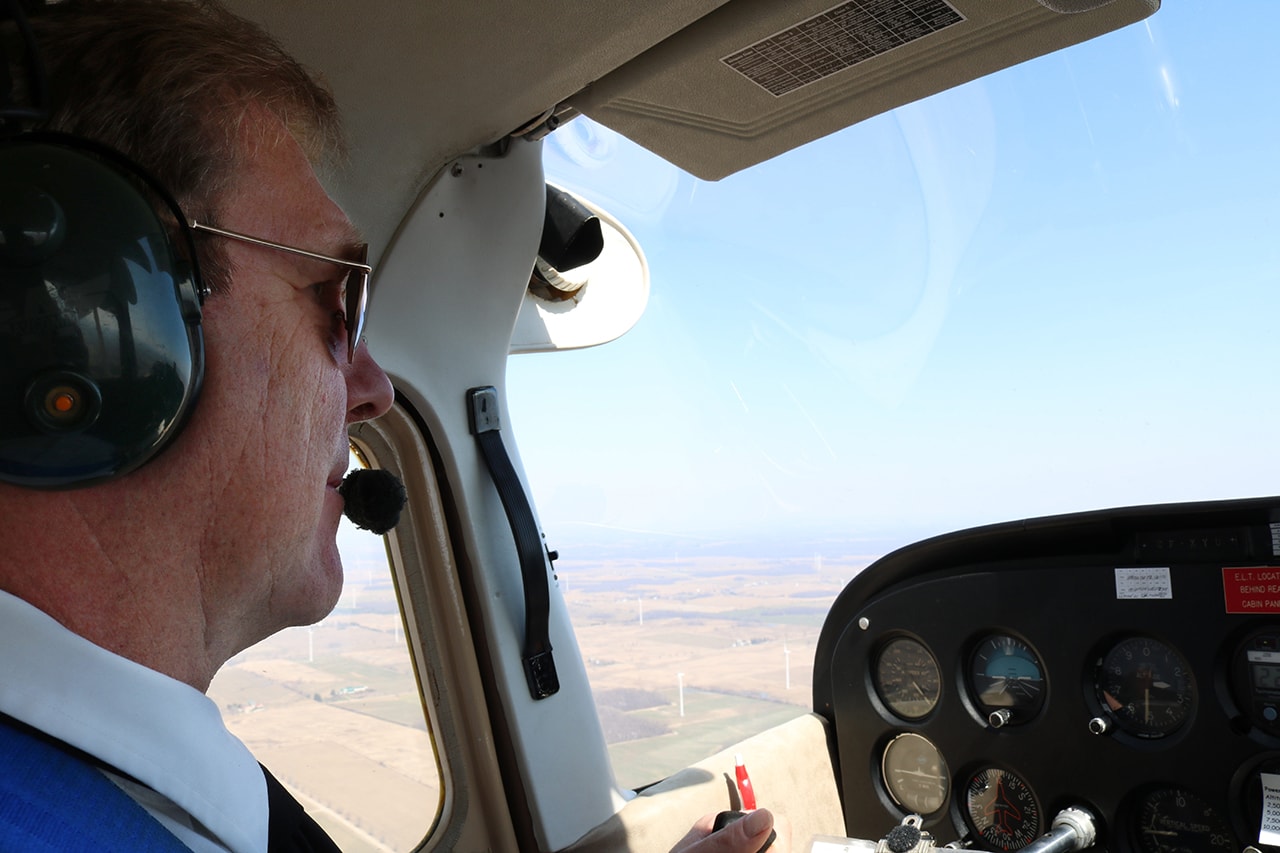
IFR rules are the basics for safety and precision in low visibility.
They provide a framework for pilots to follow, detailing the instrument and equipment requirements necessary to avoid accidents and comply with air traffic control.
Understanding and following these rules not only improves individual pilot skills but also the overall resilience and accountability in the aviation industry.
Instrument Flight Rules (IFR)
What are Instrument Flight Rules?
Instrument Flight Rules (IFR) are the procedures for flying in low visibility.
Pilots flying IFR need to know the instruments and equipment required.
By following these rules aviators can fly with confidence and keep everyone on board safe and reinforce the culture of aviation standards.
The Instruments for IFR
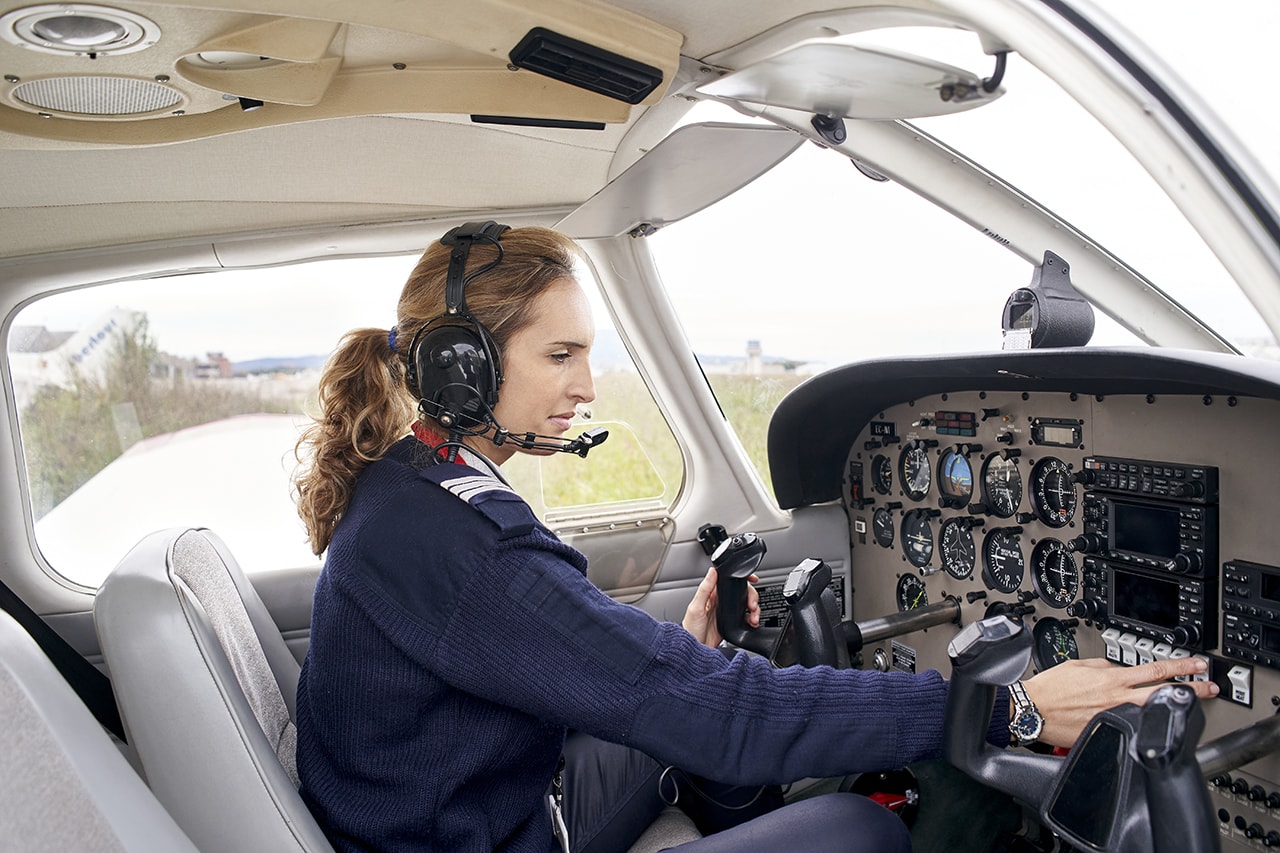
Specific Instruments for IFR
To fly safely IFR pilots need to use specific instruments for navigation and communication.
These instruments include the gyroscopic direction indicator, which is critical for maintaining proper orientation during flight.
These instruments are critical for control and situational awareness especially in bad weather.
Additionally, the magnetic direction indicator is essential for accurate navigation and compliance with airworthiness standards.
Proper training and familiarisation with these tools are essential for every pilot. This training not only gives confidence but also enables aviators to react to any situation that may arise during flight.
Each instrument plays a big role in IFR flight.
By knowing the role of each tool pilots can create a safer environment for themselves and their passengers and a culture of accountability and excellence in aviation.
Aircraft Requirements for IFR Flight
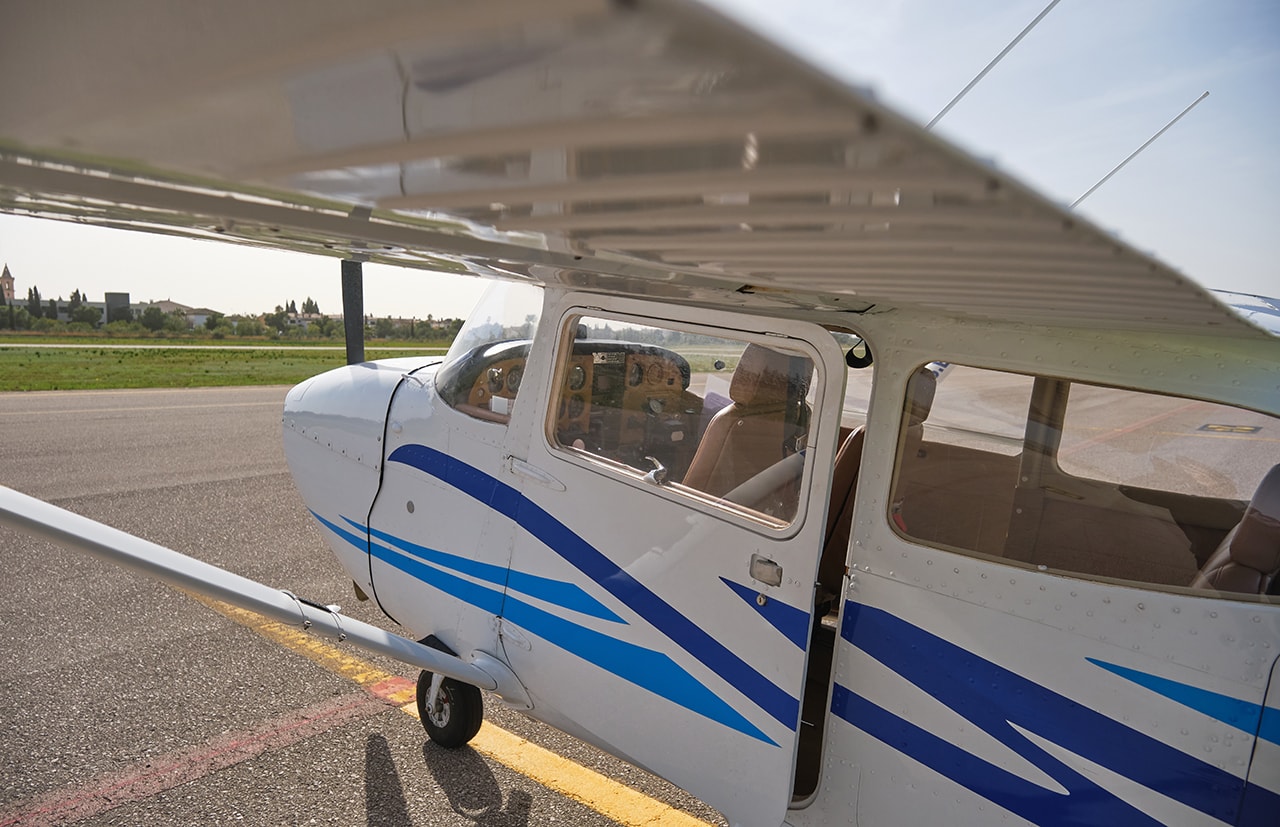
IFR Aircraft
To fly IFR you need an IFR certified aircraft which has the necessary equipment for flying in low visibility. This is not just a box ticking exercise, it’s vital for the safety of the flight.
Pilots have a big responsibility in this certification process. They must check the aircraft complies by referring to the Pilot’s Operating Handbook (POH) which details the specific requirements and capabilities of the aircraft.
By doing this pilot are taking proactive steps to look after themselves and their passengers.
Their diligence in this process makes for a safe flight.
This is just part of the overall culture of accountability in aviation. It’s all about safety.
Visual Flight Rules (VFR) Only Aircraft
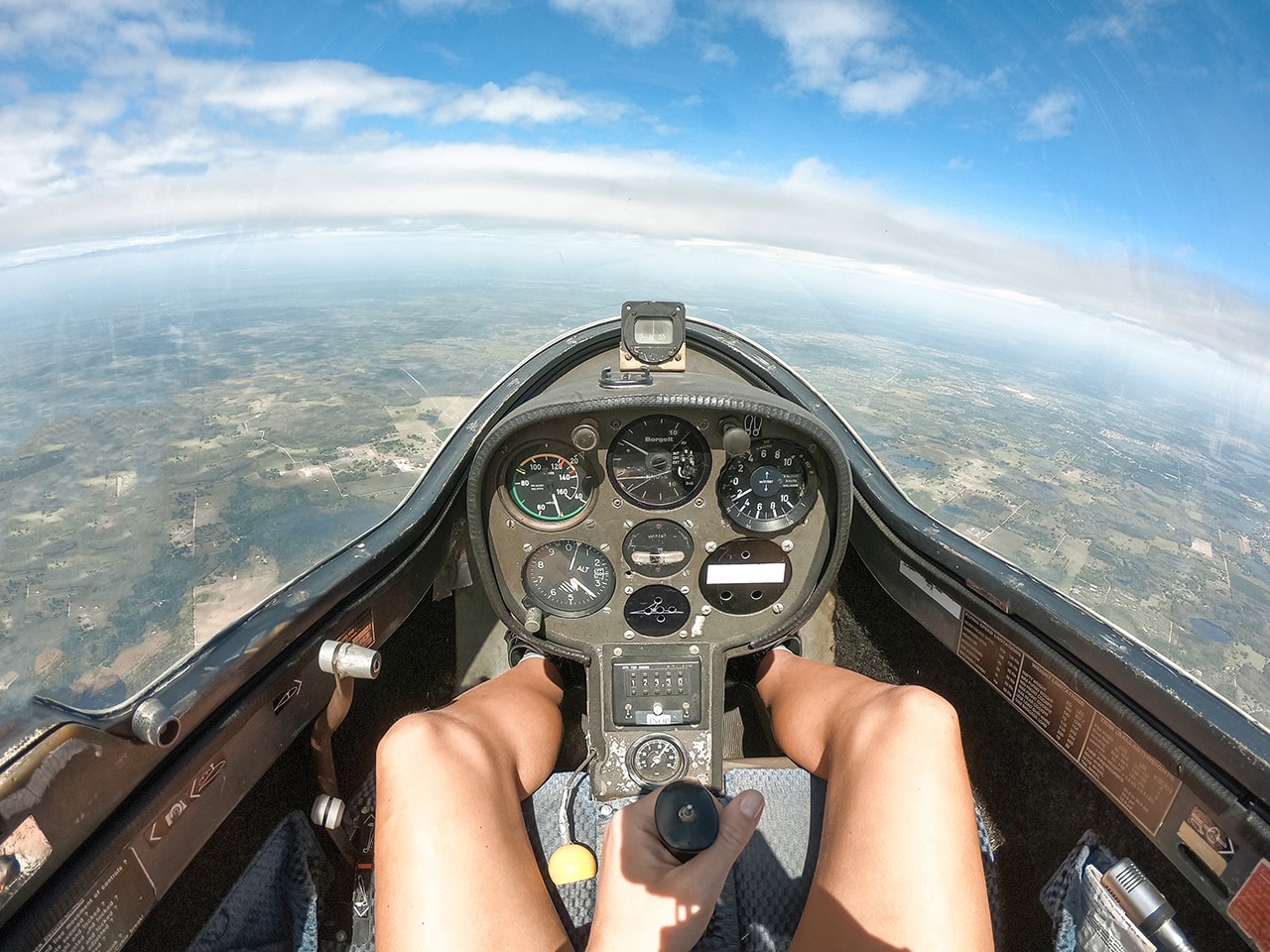
Pilots must pay attention to any “VFR Only” placards in the cockpit, these signs tell the pilot the limitations of the instrument and what kinds of flight it can be used for. Understanding these limitations is key to safety and compliance.
Aircraft that are VFR only don’t have the instruments and technology to fly IFR. The lack of equipment can be a big safety risk in low visibility.
Choosing the right aircraft for IFR flights is key to pilot and passenger safety.
By making informed decisions and following these rules pilots not only save lives but also build a culture of accountability and professionalism in the industry.
Equipment and Instruments for IFR Aircraft

To fly safely and efficiently in IFR conditions, an aircraft must have the necessary navigational instruments and communication systems. Navigation equipment suitable for the route being flown is essential to ensure compliance and safety.
These tools are critical in navigating through different weather conditions and control during flight.
This includes:
-
Two way radio communication systems so pilots can communicate with air traffic control and receive important information.
-
Gyroscopic rate of turn indicators to monitor and control the aircraft’s orientation for smooth and safe turns.
-
Sensitive altimeters that can adjust for barometric pressure to maintain altitude accuracy
-
Magnetic direction indicators for navigation. Together these instruments forms a safety net for responsible flying and a better aviation experience for pilots and passengers.
Navigation Equipment for IFR
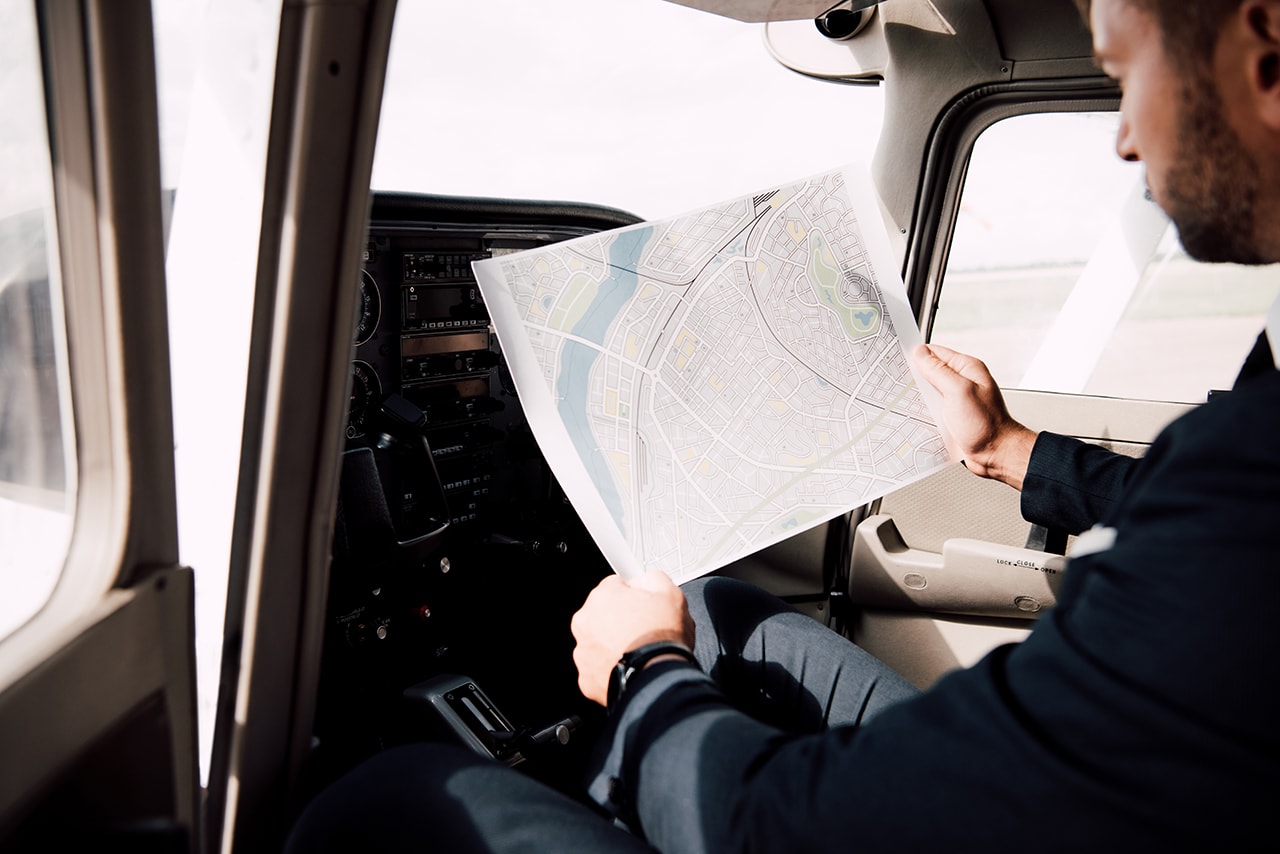
Navigation Tools
Navigation equipment is critical for IFR flying. These tools enable pilots to arrive at their destination safely and accurately regardless of weather.
One of the key instruments is the Airspeed Indicator which plays a big role in helping pilots to maintain safe flying speeds.
This ensures the aircraft operates within its performance limits and every flight is safe for everyone on board.
Also navigation systems like VOR (VHF Omnidirectional Range) and GPS (Global Positioning System) are important for precise positioning and navigation.
By using these systems pilots can navigate to their destination with confidence and make every flight safer and more reliable.
Pilot Requirements for IFR Flight
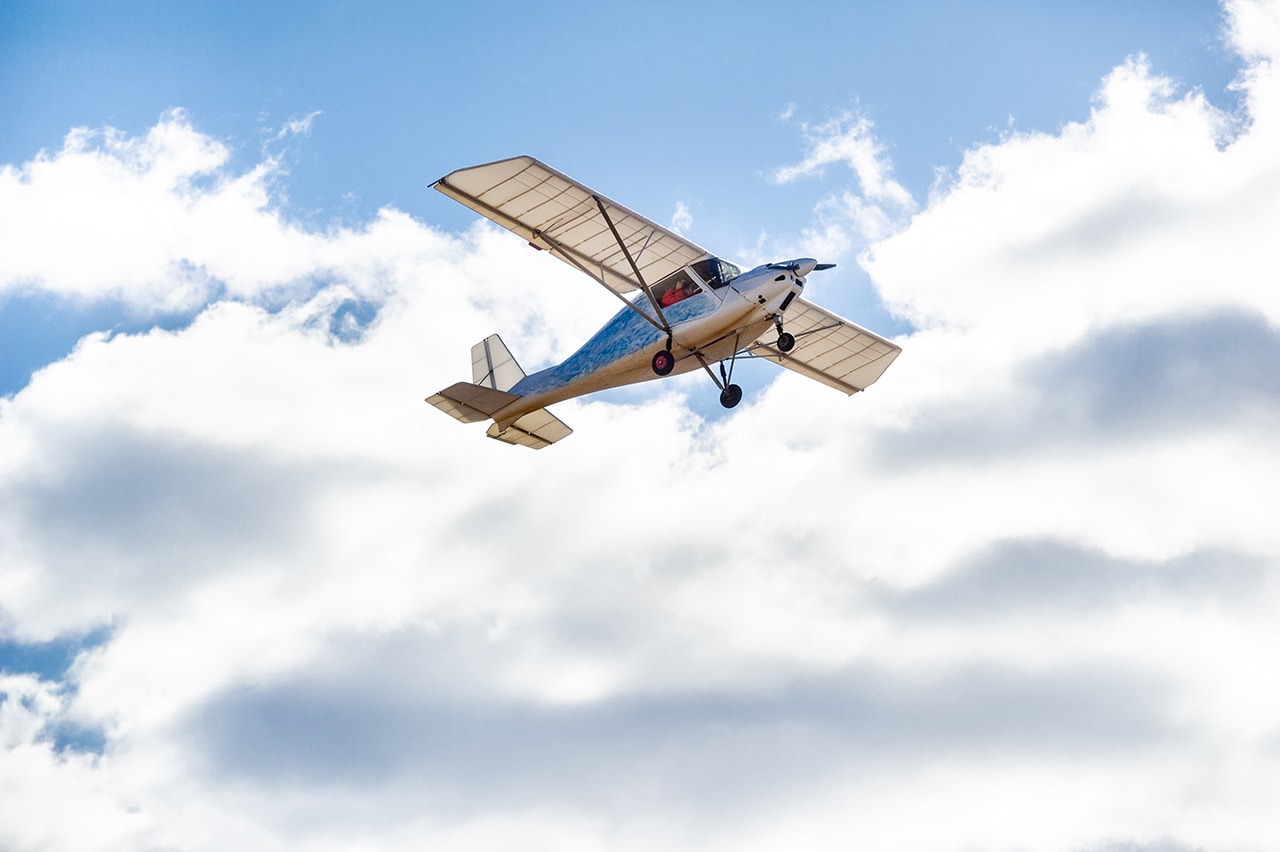
Instrument Rated Pilot
To fly IFR pilots must have an Instrument Rating. This rating is critical to ensure pilots have the skills and knowledge to navigate in bad weather.
The process to get this rating includes extensive ground school training focusing on theory and practical applications.
Pilots must also log a certain number of hours of IFR flying to prove they can fly by instruments only.
The Federal Aviation Administration (FAA) sets these requirements and the minimum flight hour standards may vary depending on individual circumstances.
By following these strict standards pilots can gain the experience to fly IFR safely and efficiently and safe for themselves and their passengers.
Recent IFR Experience
Meeting the FAA requirements to get an Instrument Rating is just the start for pilots.
To be really good in IFR conditions it’s not just meeting the standards but also to have recent flying experience.
Flying IFR keeps pilots sharp and ready for real world navigation.
This is critical for safety and confidence during flight and to navigate through different and often unpredictable weather conditions.
IFR Flight Planning and Navigation
IFR Flight Plan
Filing an IFR flight plan is required for any pilot flying in controlled airspace. This is a formal document that contains the flight details including the route, cruising altitude and estimated time of arrival at the destination.
The IFR flight plan information is used by air traffic control to manage the traffic in the air.
With clear pre-defined parameters pilots and controllers can work together to make the flight safer and more efficient.
In low visibility conditions a well prepared flight plan is even more critical.
It ensures pilots have the guidance to navigate through bad weather with confidence and make the flight safer for everyone.
Navigation and Communication Gear
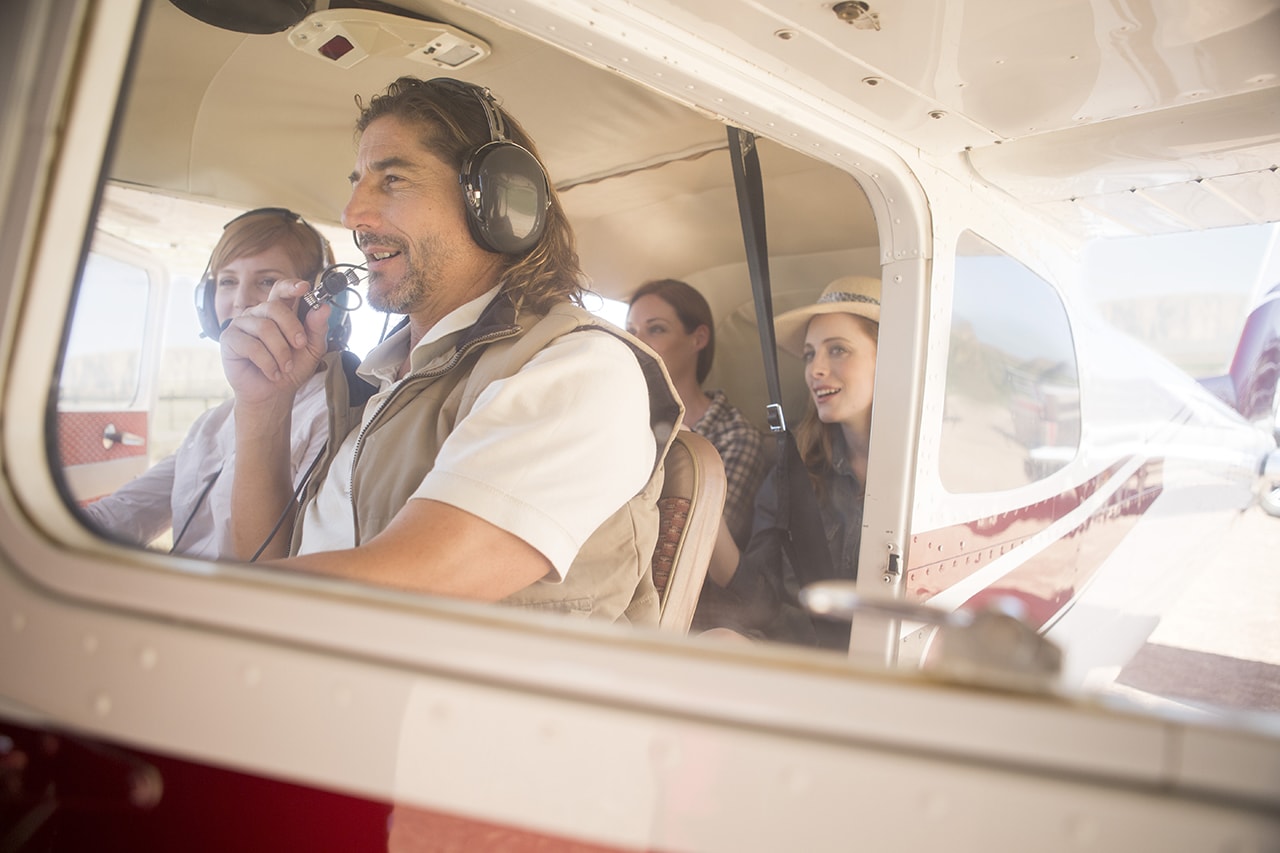
IFR operations depend heavily on navigation and communication equipment.
These are critical to fly safely and efficiently in controlled airspace.
Components of this equipment are:
-
Radio Equipment: Should be suitable for the route of flight and able to communicate with air traffic control.
-
Timekeeping Devices: Instruments like a clock displaying hours, minutes, and seconds, often with a sweep-second pointer or digital display, to enable timely navigation and adherence to schedule.
By keeping these tools in good condition pilots can fly with confidence and make the flying environment safer for everyone.
Weather and Safety Equipment
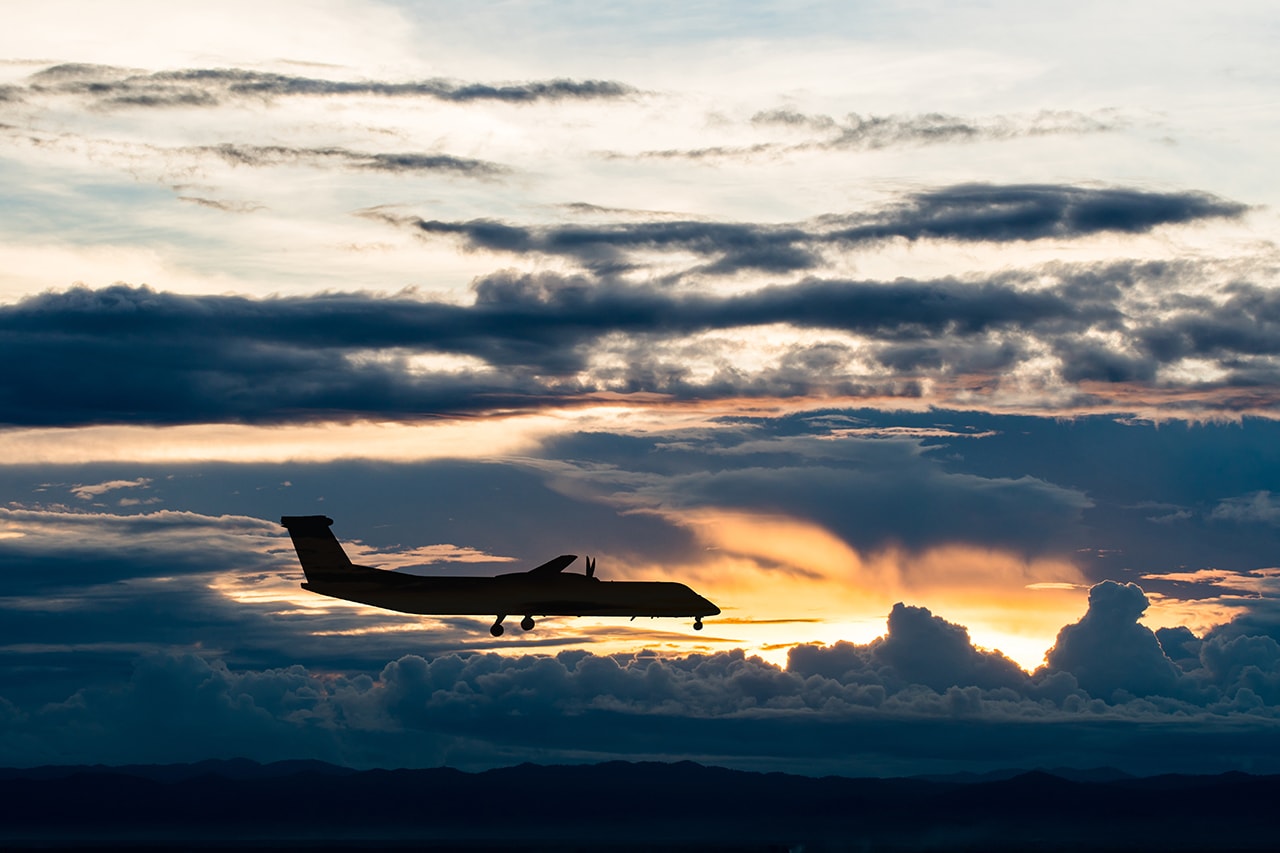
Weather Radar
Weather radar is a critical part of modern aviation by allowing pilots to see and monitor adverse weather. This technology allows pilots to see storm systems and other hazards in real time and make informed decisions during flight.
Having weather radar gives pilots a big advantage in route planning and navigation.
By knowing where the bad weather is they can take proactive action to avoid turbulence and severe conditions and make the flight better.
In the end using weather radar not only makes individual flight safer but also the collective safety of all passengers and crew on board.
With this tool pilots can fly with confidence knowing they can avoid the challenges of Mother Nature.
Emergency Equipment
In emergencies having the right equipment on board is critical to the safety of everyone. These tools can really make a difference in life or death situation and give pilots and passengers peace of mind.
Here are some to consider:
-
Emergency Locator Transmitter (ELT): This is critical to locate a downed aircraft and get rescue teams to those in distress as fast as possible.
-
Approved Flotation Gear: For any water landing, it is essential to have approved flotation gear readily available for each occupant, ensuring their safety by providing buoyancy and support until help arrives.
By having these emergency equipment pilots can add to the safety measures and make flying more safe and comfortable for everyone.
IFR Safety Equipment
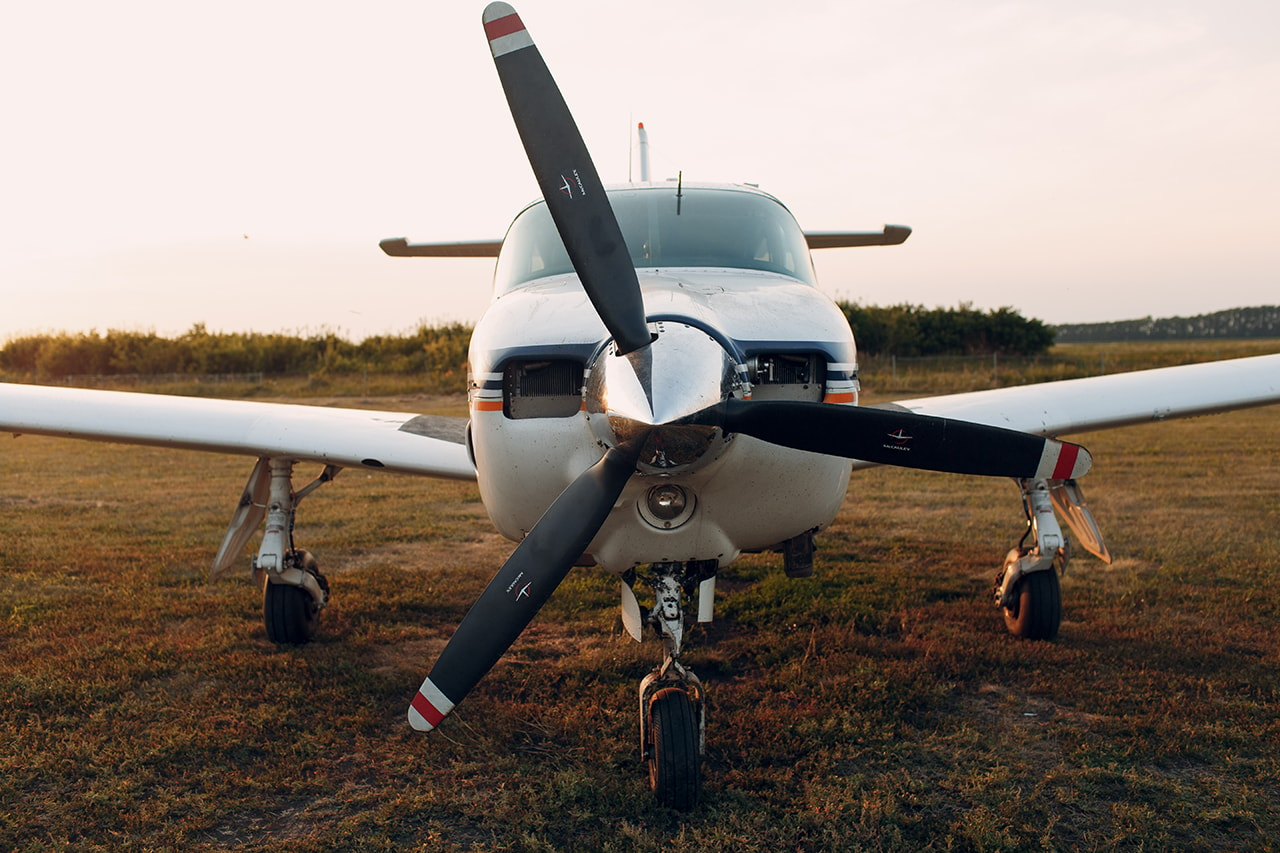
Must Haves
For every IFR flight, having the right safety equipment on board is non-negotiable. This will not only save all passengers but also give everyone involved peace of mind.
By having the safety gear on board, pilots are committing to the safety of everyone on board.
A prepared flight environment gives confidence to passengers to focus on their journey, not their safety.
This includes:
-
Occupant Restraint Systems: Approved systems for all passengers to ensure their safety during flight.
-
These approved systems, including any other approved restraint system, are designed to protect individuals in case of turbulence or unexpected maneuvers.
-
Inspection Acceptance Records: Documentation to show compliance with all instruments and equipment requirements. Inspection acceptance records reflect that the powered civil aircraft has been completed and meets FAA-approved type design data.
Besides the gear mentioned above, it’s also important to have a First Aid Kit on board. This kit is a critical resource in case of minor injuries or medical emergencies to ensure the safety of passengers and crew.
By being proactive, pilots not only add to safety but also to a culture of care and responsibility that carries through the entire flight.10
All these safety measures make an environment where everyone can fly with confidence.
Air Traffic Control
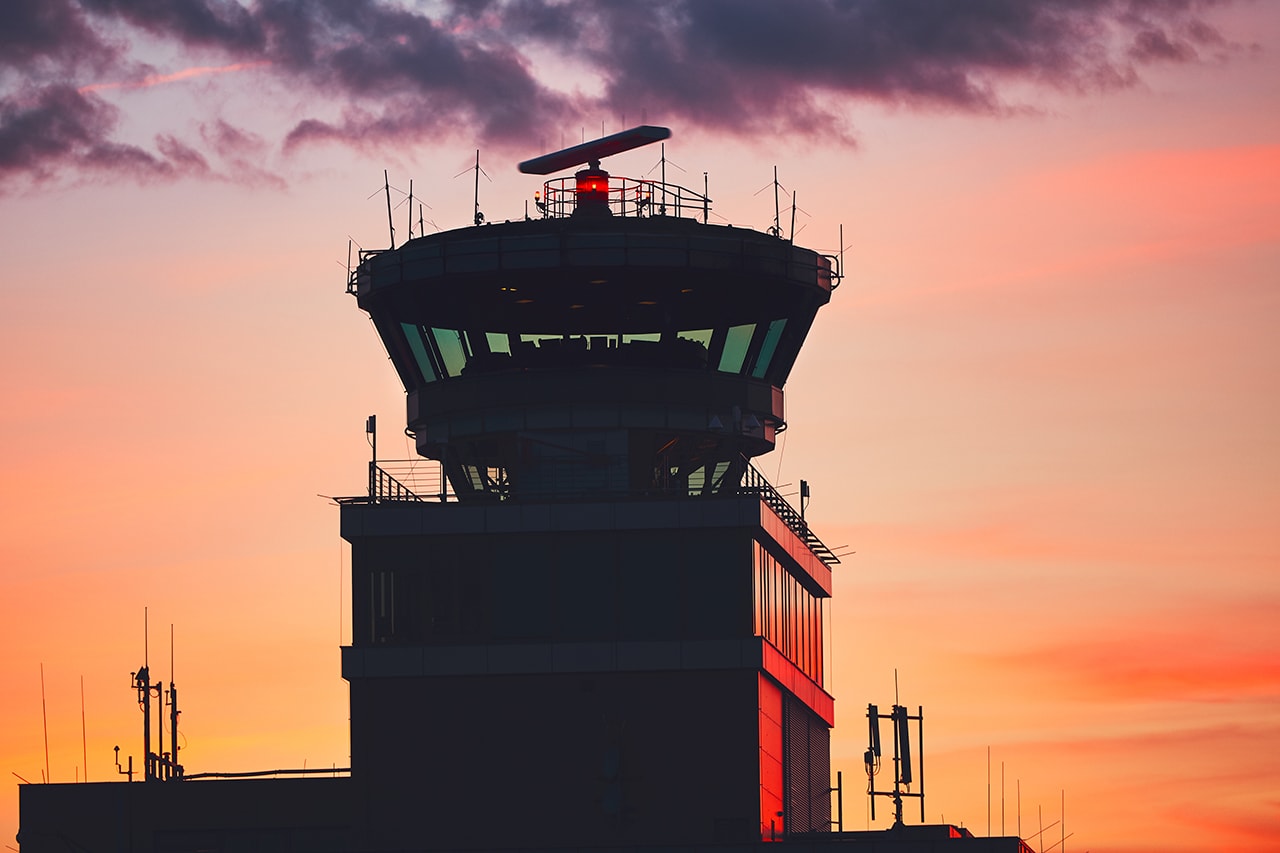
Good communication with air traffic control is key to safety in the air.
Pilots are a big part of this process as their ability to communicate clearly ensures the whole flight is in sync with air traffic.
Proficiency in communication equipment is not a skill it’s a commitment to excellence.
By being proficient in these tools pilots get situational awareness which directly makes the flight better for everyone on board.
In the end strong communication is teamwork between pilots and air traffic control.
This teamwork is critical to navigate the complexity of flight paths and airspace to make the flight safe and enjoyable for everyone.
Conclusion
Flying IFR (Instrument Flight Rules) is key to safety and confidence especially in low vis.
This allows you to fly through the tough stuff and every flight is done with precision and care.
To have a successful IFR flight, three things must be in place an IFR capable aircraft, an Instrument Rated pilot and an IFR flight plan.
These three things together allow you to fly under the rules.
By flying IFR you increase the safety of your journey and optimize airspace usage.
This creates a more reliable flying environment and encourages continuous skill development and engagement in the aviation community, reinforces the culture of safety and excellence.
